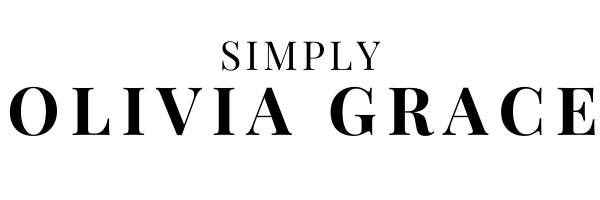
What does it mean to be a Christian artist? The question of faith and art is a question I’ve grappled with frequently in these past two years. As I delved deep into rich historical epics throughout my college education, like Paradise Lost or the beautiful redemptive story of Les Miserables, I would surface again in today’s world, look at popular literature, and despair in the plight of modern culture. Call me idealistic, but I believe that Christian art should be the best of the best; we worship a God who deserves nothing less. But as Christians, and as artists, how do we go about creating for God’s glory?
Recently, I reopened a book by Madeleine L’Engle called Walking on Water: Reflections on Faith and Art. In her essays, L’Engle untangles the question of what it means to create. Finally! I found a writer brave enough to write what I’ve secretly thought to myself all along. “Christian art?” L’Engle muses in her opening chapter, “Art is art; painting is painting; music is music; a story is a story. If it’s bad art, it’s bad religion, no matter how pious the subject.”
Originally published in 1980, Walking on Water deals with the role of art in faith, especially in the context of our modern times which tend to disregard artistic endeavors as impractical and irrelevant to success. To create, L’Engle explains, is to yield to something beyond what we understand. It’s allowing the divine Spirit to work through us and tell a story better than we are capable of telling. Whether it’s painting the fractures of light off a water lily pond, creating a coming-of-age film about sisterhood that evokes powerful feelings of nostalgia and the beauty of life, or writing in a journal from your bedroom floor—to create is to join, in some infinitesimal way, the Great Conversation of all art throughout history.
Over the years, as I’ve plodded away at my own artistic endeavors, it often feels like creating a piece of art is like digging up a precious jewel out of the earth. At first it’s crude and shapeless, nothing more than a hunk of rock. But over time, as we pare away the unnecessary dirt, we glimpse the shape of something beautiful and elusive. With every draft, the artist comes closer and closer to the story that was always meant to exist. Michelangelo described it similarly, saying that he “saw the angel in the marble, and carved until he set it free.” The art is within us; God reveals it to us just as it is meant to be.
I keep a quote from Iris Murdoch pinned above my desk at home: “Every book is the wreck of a perfect idea.” It’s a line that helps me remember that the joy is in the creating. There is meaning that God wants to express through me, and I am the servant who must be willing to take up the pen and write the story as it comes to me. True, the work may never be exactly as I envision it. I may never get it wholly right, but in the end it’s my effort that matters. The value is in my willingness to be vulnerable, write what is true for me, and say, “This matters to me. I hope it resonates with you too.”


